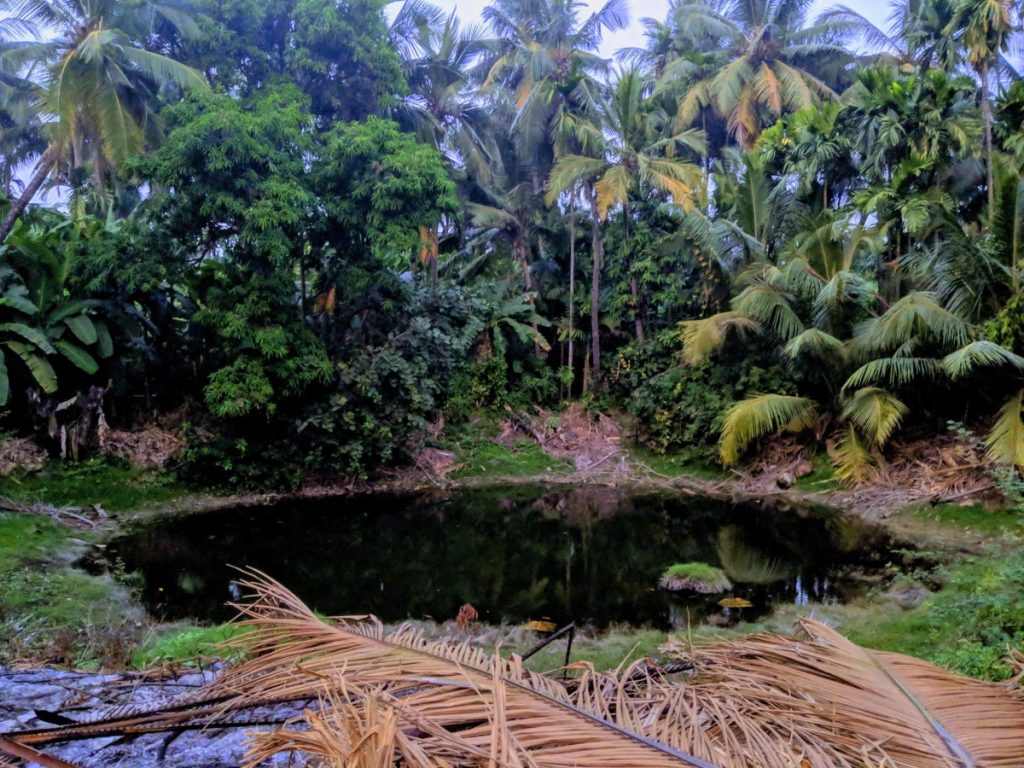
Looking at the history of the geographical structure of Vasai-Virar city, it is well known for its rich biodiversity and traditional methods of water management. The city is adjacent to the Vasai creek to the south, the Vaitarna river to the north, the Tungareshwar hills in the east and the Arabian Sea along its west.
The city being so close to the sea, one of the strange facts about the land is that the underground water in this region is sweet water or soft water commonly known as godapani.
People in this region have been using this water for irrigation, animal husbandry and drinking with common methods like rainwater harvesting, groundwater fed lakes, wells and bawkhals. Bawkhals are nothing but unconstructed wells. The origin of the bawkhals is unknown but some say they are some hundred years old, whereas some say they have been here forever.
Undoubtedly, they have been a rich source of water as this land was well known for agriculture and have reduced the burden on the ground water resources.
Urbanization has become big threats to these systems. Before the government started to urbanize Vasai-Virar this city was well known for it supplies of agricultural and milk products to the Mumbai city by means of western railway lines.
Over the past two decades the development of this land has boomed. With time the youngsters started moving away from agriculture and moving towards Mumbai for job opportunities, which in turn gave rise to property prices and other socioeconomic factors, stressed the sub-region’s traditional water systems.
Over the past decade, citizen-activists have been fighting tooth to nail to keep up the water activism, protecting the older legacy of water system. Since the 1980s, Vasai-Virar has witnessed multiple waves of public mobilization centred on water and environmental protection.
The Paani Andolan and the activities of the Harit Vasai Sanrakshan Samiti (HVSS) were direct responses to tankers’ unregulated and large-scale extraction of water for urban areas within the region. Fr. D’Britto, elected as the first HVSS convener, “The first step was to create awareness, organise and agitate. In those days, the fact that most people depended on groundwater for agriculture and drinking helped organise them.”
The activists believe time to start the conservation of Bawkhal had to start a decade ago. It is a bit late, but not too late-till it will be.
